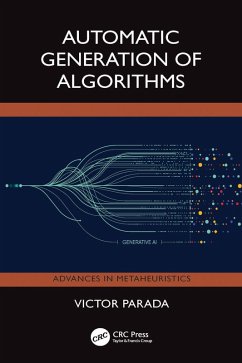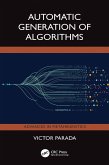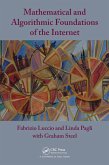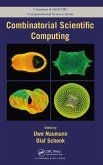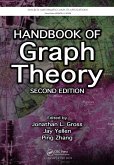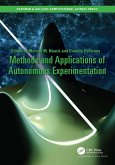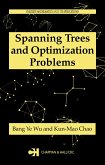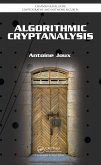In the rapidly evolving domain of computational problem-solving, this book delves into the cutting-edge Automatic Generation of Algorithms (AGA) paradigm, a groundbreaking approach poised to redefine algorithm design for optimization problems. Spanning combinatorial optimization, machine learning, genetic programming, and beyond, it investigates AGA's transformative capabilities across diverse application areas. The book initiates by introducing fundamental combinatorial optimization concepts and NPhardness significance, laying the foundation for understanding AGA's necessity and potential. It then scrutinizes the pivotal Master Problem concept in AGA and the art of modeling for algorithm generation. The exploration progresses with integrating genetic programming and synergizing AGA with evolutionary computing. Subsequent chapters delve into the AGA-machine learning intersection, highlighting their shared optimization foundation while contrasting divergent objectives. The automatic generation of metaheuristics is examined, aiming to develop versatile algorithmic frameworks adaptable to various optimization problems. Furthermore, the book explores applying reinforcement learning techniques to automatic algorithm generation. Throughout, it invites readers to reimagine algorithmic design boundaries, offering insights into AGA's conceptual underpinnings, practical applications, and future directions, serving as an invitation for researchers, practitioners, and enthusiasts in computer science, operations research, artificial intelligence, and beyond to embark on a journey toward computational excellence where algorithms are born, evolved, and adapted to meet ever-changing real-world problem landscapes.
Dieser Download kann aus rechtlichen Gründen nur mit Rechnungsadresse in A, B, BG, CY, CZ, D, DK, EW, E, FIN, F, GR, HR, H, IRL, I, LT, L, LR, M, NL, PL, P, R, S, SLO, SK ausgeliefert werden.

